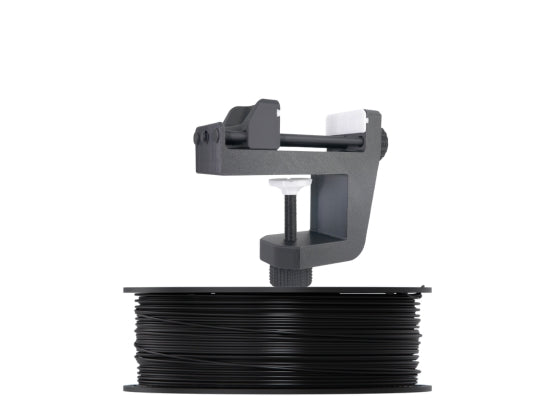At Athénée Royal d’Esneux, a middle school in Esneux, Belgium, students have a wide choice of options in general, technical, and vocational education, providing quality education that allows each student to acquire the best tools to build their future.
To bring this theory to practice, Inslogic has partnered with Professor Olivier Laforge at Athénée Royal d’Esneux to introduce more hands-on 3D printing projects and activities in the classroom. We have provided a variety of 3D printing materials to support their program. With the guidance of Professor Laforge, students learn about the properties and performance of different 3D printing materials and how to use them for various projects. They design, model, and print tools and art, turning their ideas into tangible objects using Inslogic 3D printer materials. The students are captivated by the process, finding the ability to transform concepts from their minds into physical items an incredible experience.

Our shared goal is to make 3D printing more accessible, as we believe it will continue to revolutionize the way students learn and create. These projects not only enhance subject matter comprehension but also demonstrate the real-world applications of their studies. Additionally, 3D printing fosters creativity, problem-solving, and technical skills, enabling students to test and refine their ideas in a practical, hands-on manner, thereby empowering them to see the impact of their creativity and engineering efforts.
Preparing Future Innovators
Professor Laforge is committed to enhancing STEAM education for his students. From building coding robots to using laser engravers for robotics kits, jewelry, and holiday gifts, and now incorporating 3D printing for rapid prototyping, his efforts allow students to quickly iterate and refine their designs and artwork. They can create and sell decorative items for school fundraisers and even print custom or replacement parts for robots. The possibilities are truly endless!

Through 3D printing, students create physical models of complex concepts, visualizing abstract ideas. For instance, they can print models of molecules, cells, and organs to better understand biology, or geometric shapes to enhance their grasp of math. By integrating 3D printing into STEAM education, students develop critical thinking, problem-solving, and design skills that prepare them for future careers in science, technology, engineering, math, art, and design.
This hands-on approach to 3D printing in the classroom significantly improves engagement and participation. We are confident that the future of 3D printing in education is promising and that we have sown the seeds for nurturing future innovators.














